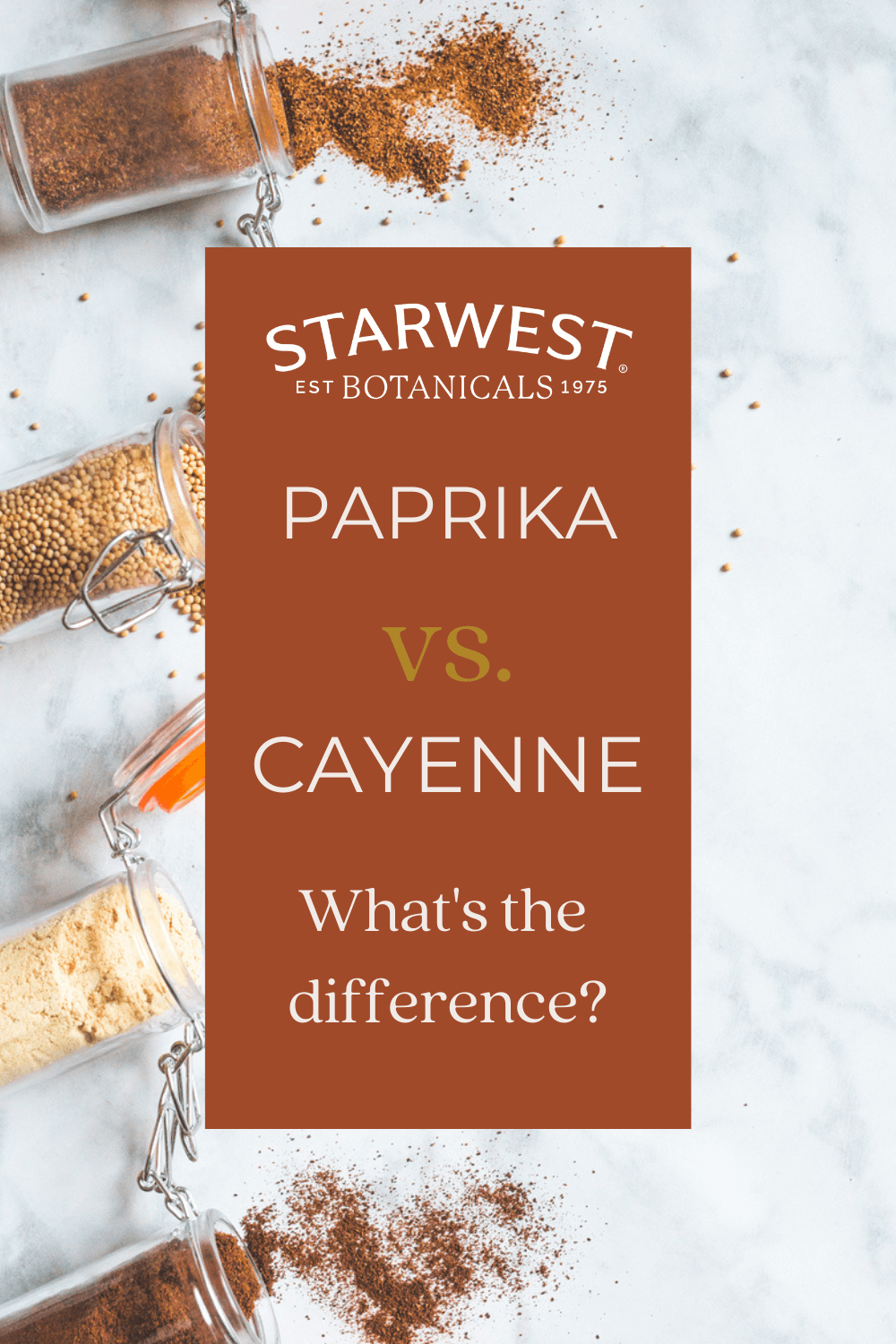- No. 268 Xianghe Street, Economic Development Zone of Xingtai city, Hebei 054001 China
- Byron@hbhongri.cn
Spices and Seasonings Exploring the Flavors of Chili and Paprika
The Spicy World of Chili and Paprika
Chili and paprika are more than just spices; they are integral components of cuisines around the world, known for their rich flavors, vibrant colors, and the warmth they bring to dishes. Though they share a common lineage from the Capsicum family, the nuances between chili and paprika are vast, offering distinct characteristics that can elevate any culinary creation.
Chili peppers, often referred to simply as chilies, are famed for their heat. They come in various shapes, sizes, and heat levels, measured on the Scoville scale. Ranging from the mild bell pepper, which has a Scoville rating of zero, to the extraordinarily hot Carolina Reaper, which can exceed 2 million Scoville heat units, the world of chilies is as diverse as it is exciting. Beyond just heat, chilies also contribute complex flavors that can range from fruity and sweet to smoky and earthy. Varieties such as jalapeños, serranos, and habaneros bring their unique profiles, making them staples in dishes like salsas, stews, and marinades.
The cultivation of chilies dates back thousands of years, with origins traced to Central and South America. Indigenous peoples initially domesticated these fiery fruits, using them not only in their cuisine but also for medicinal purposes. With the Columbian Exchange in the late 15th century, chilies made their way to Europe and beyond, where they quickly became a beloved ingredient in many culinary traditions. The explosion of chili varieties and their incorporation into various cuisines marks a significant evolution, influenced by geography, culture, and climate.
On the other hand, paprika is a specific spice that typically denotes a powdered form made from dried and ground sweet or mild peppers, particularly varieties of Capsicum annuum. While it also hails from the same family as chilies, paprika is generally less spicy, focusing instead on sweetness and color. The production of paprika is particularly famous in Hungary and Spain, where different techniques and pepper types result in distinct flavors and intensities. Hungarian paprika, for example, often carries a more robust flavor with a hint of smokiness, while Spanish paprika, or pimentón, may vary from sweet to hot and is characteristically smoked.
chili and paprika

In cooking, both chili and paprika play pivotal roles, but they serve different purposes. Chili peppers can add depth and heat to dishes like chili con carne, curries, and stir-fries, infusing them with a kick that can warm the soul. In contrast, paprika is often used as a seasoning or garnish, imparting a sweet flavor and a striking red hue to dishes such as paella, goulash, and deviled eggs. It’s not uncommon to see paprika sprinkled over a dish just before serving, enhancing its appearance and flavor profile.
Both spices also have health benefits, packed with vitamins and antioxidants. Chili peppers are rich in vitamin C and capsaicin, which has been shown to have anti-inflammatory properties and may boost metabolism. Paprika, on the other hand, is high in vitamins A and E and contains carotenoids, promoting good vision and skin health. Incorporating these spices into our diet not only enhances flavor but contributes to overall wellness.
Beyond the kitchen, chili and paprika have cultural significance in many regions. Festivals celebrating these spices attract visitors eager to sample their vibrant flavors. In countries like Mexico and Hungary, they represent a source of pride, reflective of the nation's heritage and culinary prowess.
In conclusion, chili and paprika spotlight the dynamic world of spices, bringing warmth, flavor, and color to our meals. While they share a family tree, their distinct qualities offer unique culinary experiences. Whether you're spicing up a simple dish with chili or adding a touch of sweetness with paprika, these ingredients have the power to transform food into an unforgettable experience. Embrace the heat and flavor they provide, and explore the delicious possibilities they create in your kitchen.
-
Capsicum frutescens oleoresin – High Purity, Food GradeNewsNov.17,2025
-
Capsicum Frutescens Oleoresin – Natural Heat & FlavorNewsNov.17,2025
-
Peppereka Powder – Fresh, Vibrant Color & Sweet AromaNewsNov.17,2025
-
Paprika Oleoresin | Natural Red Color, Heat & Flavor BoostNewsNov.17,2025
-
Pure Turmeric Extract 95% Curcumin | Potent, Lab-TestedNewsNov.17,2025
-
Red Papper Pods – Premium Sun-Dried, Bold Heat & AromaNewsNov.10,2025







